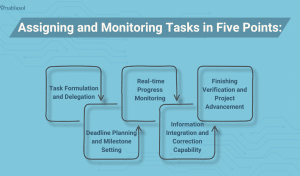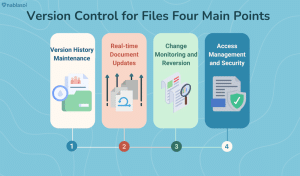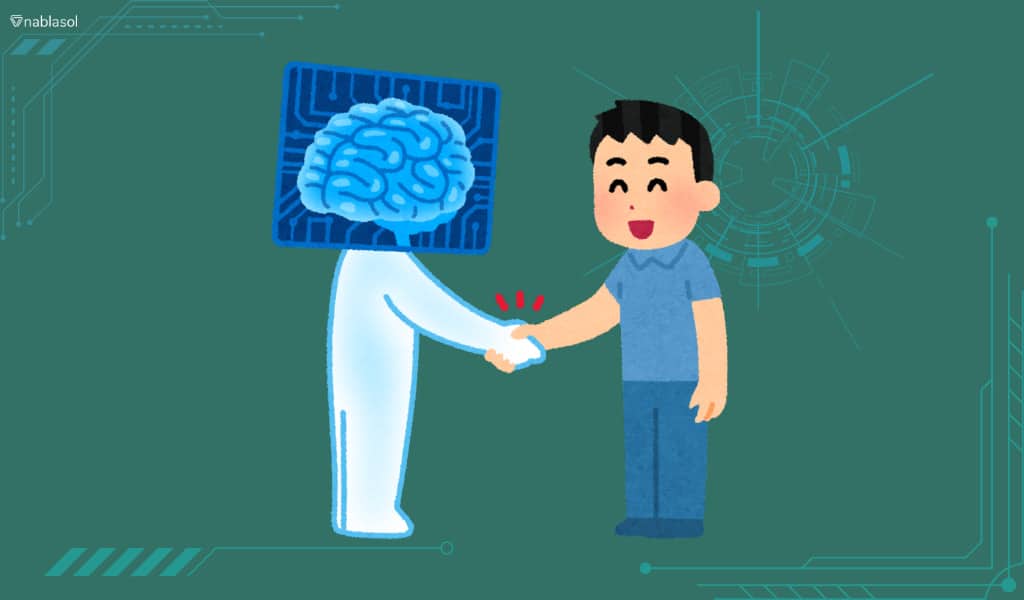Effective cooperation and communication are crucial to successful business processes in today’s digital environment. Client collaboration portals have become a significant instrument that improves communication and simplifies project management for several stakeholders. This comprehensive platform offers an authoritative basis for companies also their customers to interact, work together, and accomplish shared objectives more effectively and transparently. In this article, we explore the attributes and capabilities of client collaboration portal tools, highlighting their importance in contemporary business settings.
A user interaction portal operates as a centralized online forum. It makes it easier for an organization in addition to its clients to coordinate and share information. It provides a controlled, confidential environment where project information, documents, and interactions are easily available. overcoming conventional communication boundaries. Because of this connectivity, the client collaboration site is essential for companies looking to stay ahead of the competition and build lasting partnerships with their clients.
Sharing and Storing Documents with Client Collaboration Portals
Any client collaboration portal’s capacity to manage shared files and storage effectively is one of its main characteristics. The collaboration portal enhances client interaction, and everyone may access the required files in one safe spot. Having one central location for all of your project concepts, contracts, also technical data guarantees every individual is working from the most recent, accurate version of the material, which lowers the risk of mistakes and inconsistencies.
What are The Assigning and Monitoring Tasks
Robust task management is essential to ensuring that project milestones are reached on schedule. In this regard, client collaboration portals shine since they give project managers the ability to designate responsibilities to individual team members. Also, establish deadlines, and monitor advancement in real time. In addition to helping to keep projects on schedule, this visibility makes it possible to make immediate adjustments if delays occur.

Project management efficiency and clarity can be enhanced. Through the optimization of assignments in addition to tracking inside client collaboration portals. This feature’s usual operation can be summed up in five points:
- Task Formulation and Delegation: After a task’s objectives and expected results are well-defined, it is assigned to the right team members or groups according to their availability also area of expertise. Notifications are often a part of this procedure to make sure everyone is informed of their new duties.
- Deadline Planning and Milestone Setting: To aid with time management and effort prioritization, every task is given a defined deadline. Bigger projects can be divided into manageable parts that contribute to the result using milestones.
- Real-time Progress Monitoring: Team members can keep track of the amount of time spent on tasks and also change task statuses (such as not started, in progress, or completed) frequently. Project supervisors usually use dashboards to see a broad picture of project health, resource allocation, and progress.
- Information Integration and Correction Capability: The portal makes giving feedback moreover discussing projects simple, enabling any necessary reassignments or modifications. To take into account the needs of the team in addition to the dynamics of the project, managers may change responsibilities or extend deadlines.
- Finishing Verification and Project Advancement: Before a task is declared finished, it is subjected to a last review to confirm its quality and thoroughness. This systematic assessment helps the project move closer to its objective delivery and overall goals.
These streamlined points highlight how client collaboration portals effectively manage the complexities of task assignment and tracking. It ensures project success through enhanced organization and communication.
Tools for Messaging and Communication Through Client Collaboration Portals
Every client collaboration portal’s message and communication features are at its core. The objective of these advancements is to make it easier for customers and service providers to communicate clearly and effectively. Every stakeholder may instantly share updates, contribute input, and resolve issues through instant messaging. Also, discussions, or incorporated email systems, encourage a collaborative environment that is essential for the success of projects. It helps with vendor collaboration to enhance cooperation with suppliers.
What is Version Control for Files
File version control is a crucial component of client collaboration portals. Several versions of a particular document can be systematically kept and additionally treated, thanks to these capabilities. Users can view change histories, maintain a record of adaptations, also go back to earlier iterations as needed. This is especially crucial to ensure everyone involved is aware of the most recent changes in complicated projects. Where papers are frequently updated and revised.

To ensure that all stakeholders utilize the latest files while keeping a history of earlier versions as well as file version control. It is an essential element of client collaboration portals. This ability is broken down into four main points:
- Version History Maintenance: Every document on the portal has an extensive version record that can accessed and reviewed at any time by users. This guarantees openness and makes it possible to monitor modifications made during a project.
- Real-time Document Updates: The portal instantly stores changes made to documents as new versions as they are made. This reduces the possibility of errors and out-of-date data by guaranteeing that each participant continues to operate. Above all with the most recent information.
- Change Monitoring and Reversion – Users can keep track of modifications made by various participants, determining what was added, changed, or eliminated between versions. Users retain the option to roll back to previous iterations of a document if they find that the more recent modifications are incorrect or troublesome.
- Access Management and Security – Access to various versions can be controlled according to user roles and authorizations, guaranteeing that confidential data is safeguarded besides being accessible solely by those that have been permitted. Ensuring the authenticity of the administration of documents within the portal necessitates this level of protection.
These examples illustrate how client collaboration portals with file version control offer a solid foundation for safely and effectively managing documents. Also guarantees that all users gain access to correct and current information.
Know The Permissions and Access Controls
Client collaboration portals include strong access limitations and authorization settings to protect private data and guarantee data integrity. Who can read, update, and share records and other resources on the portal can be specified by administrators. Following standards in data security and compliance, this degree of control assists in avoiding unauthorized access, which surely guarantees that only appropriate stakeholders have access to specific data.
Overview
More than just a tool, the client interaction portal is important to enhance the efficacy and efficiency of client contact management. Businesses can guarantee improved project outputs, increase client happiness, and forge deeper, more fruitful partnerships by using such a site. A client collaboration portal offers an extensive solution that satisfies the many needs of contemporary organizations and their clients. It can be through efficient document management, reliable job tracking, and also effective interaction channels.
In conclusion, the significance of customer interaction portals cannot be overemphasized. The need for more effective and integrated client collaboration solutions grows. They play an essential function in converting conventional interactions with clients into dynamic, effective, and secure partnerships. It makes them a vital part of any forward-thinking business strategy.



